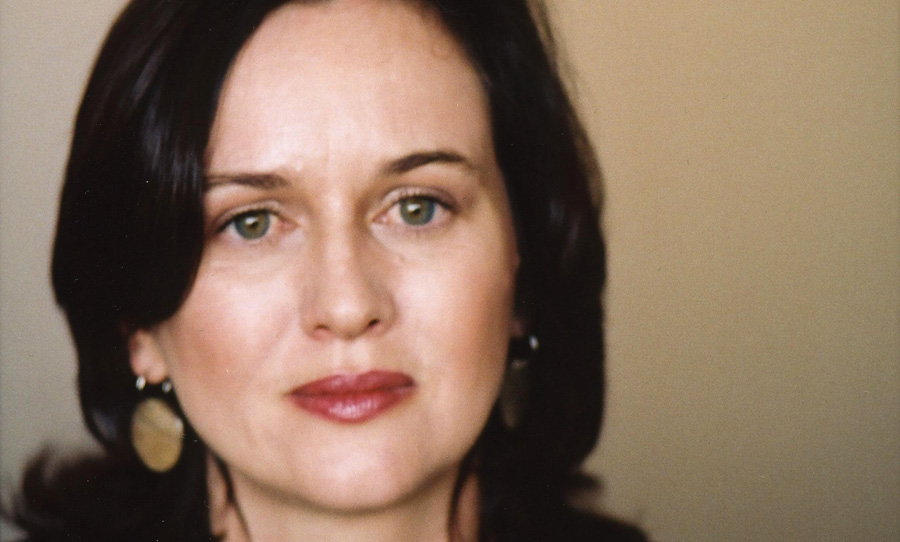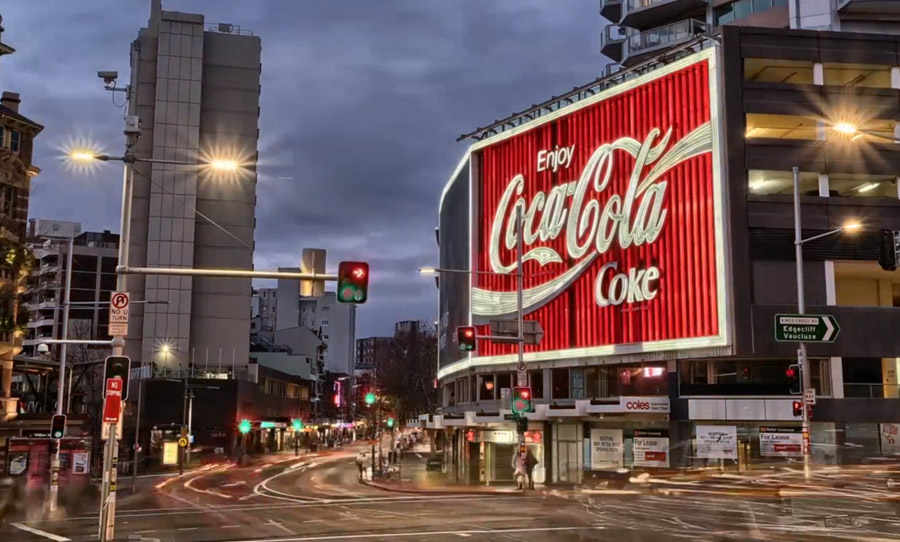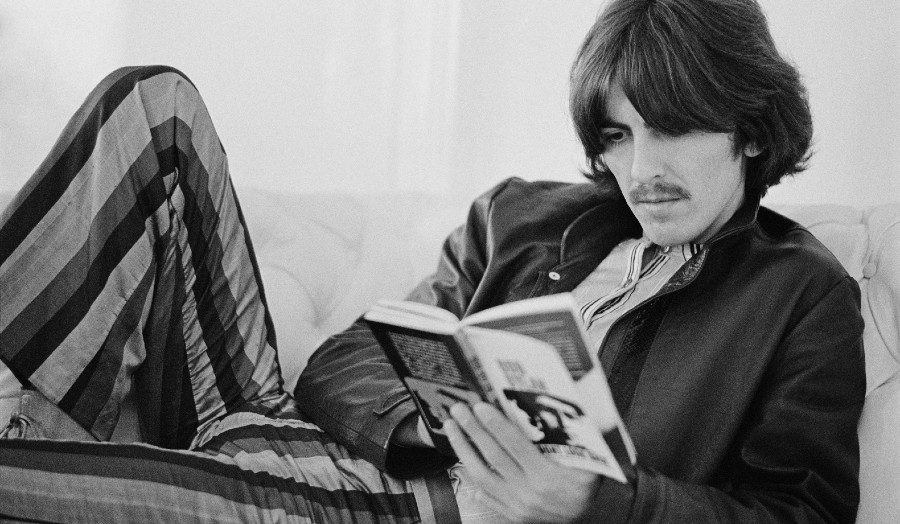Sydney is Delia Falconer’s intimate portrayal of Australia’s oldest city. It’s a must-read for anyone wishing to gain a deeper understanding of its identity and culture.
It’s been a decade since Delia Falconer’s first edition of Sydney, which is part of New South Books’ City Series. Much has changed between 2010 and the release of this new edition, but then again, a lot hasn’t. The biggest city in Australia has old bones, and Falconer’s book strips away the most stubborn cobwebs to present our old home town with new vitality.
Familiarity has the potential to breed laziness, complacency and as the old saying goes, contempt. And while the city is far from perfect, Sydney, the book, never strays into derision. Falconer shows us that it’s more than just a collection of buildings; the place is alive with character, history and nature.

Anyone looking for a way to interpret the city with the help of this book will be at a loss. Falconer writes, “Ask anyone who lives in a large city to describe ‘their’ town and it will probably be the city of their early twenties, when their generation seemed to own it…“, underscoring the fact that any reading of a location is based on shifting foundations. Our view of the place changes as we change. Wherever you find yourself on life’s timeline is bound to alter the view.
There are, however, references to the city’s character that most of us inherently know to be true. “The truth is that we do not often look past the balmy light of our own separate villages.” Falconer writes, “And when we do, we are just as likely to look much further, to a ‘real’ city somewhere else.”
The regional nature of the city means that its lifeblood flows through its periphery. It’s a common complaint about the inner-city, exacerbated by a heavy-handed Government approach: where is the life? As Falconer points out, the suburban sprawl has pushed Sydney residents ever outwards, hollowing out the centre.
But it appears that the city didn’t mind. Falconer points out that “Because we did not value our Indigenous history, our myths had to come from somewhere else to give us psychic grounding.” But this didn’t seem to be in favour of any colonial heritage: Sydney has always torn itself apart, aggressively rewriting its history.

The only constant is its wildness. It’s not that the city has gone out of its way to live harmoniously with its natural surrounds, either. The wilderness has always made its presence known and humans have always become entangled in it.
Even the light is recognisable. The same summer sun that shone on Falconer’s childhood of oppressive suburbia was also the backdrop for the bloodthirsty Cronulla Riots. The surrounding national parks have been venues for crime and refuge, including a particularly amazing tale of Lithuanian couple who hid out the bush of Killarney Heights for twenty-eight years.
In the new Afterword, Falconer reflects on the changes that have taken place in the preceding decade. “Our twins are now part of an inner city more determinedly than I could have ever imagined.” She writes, viewing, as we all do, her hometown through an evolving eye. And though the city can’t help but change, Sydney pulls off the magic trick of temporarily suspending it on the page, so we can appreciate all its beauty and darkness.
Sydney is out now via New South Books.



